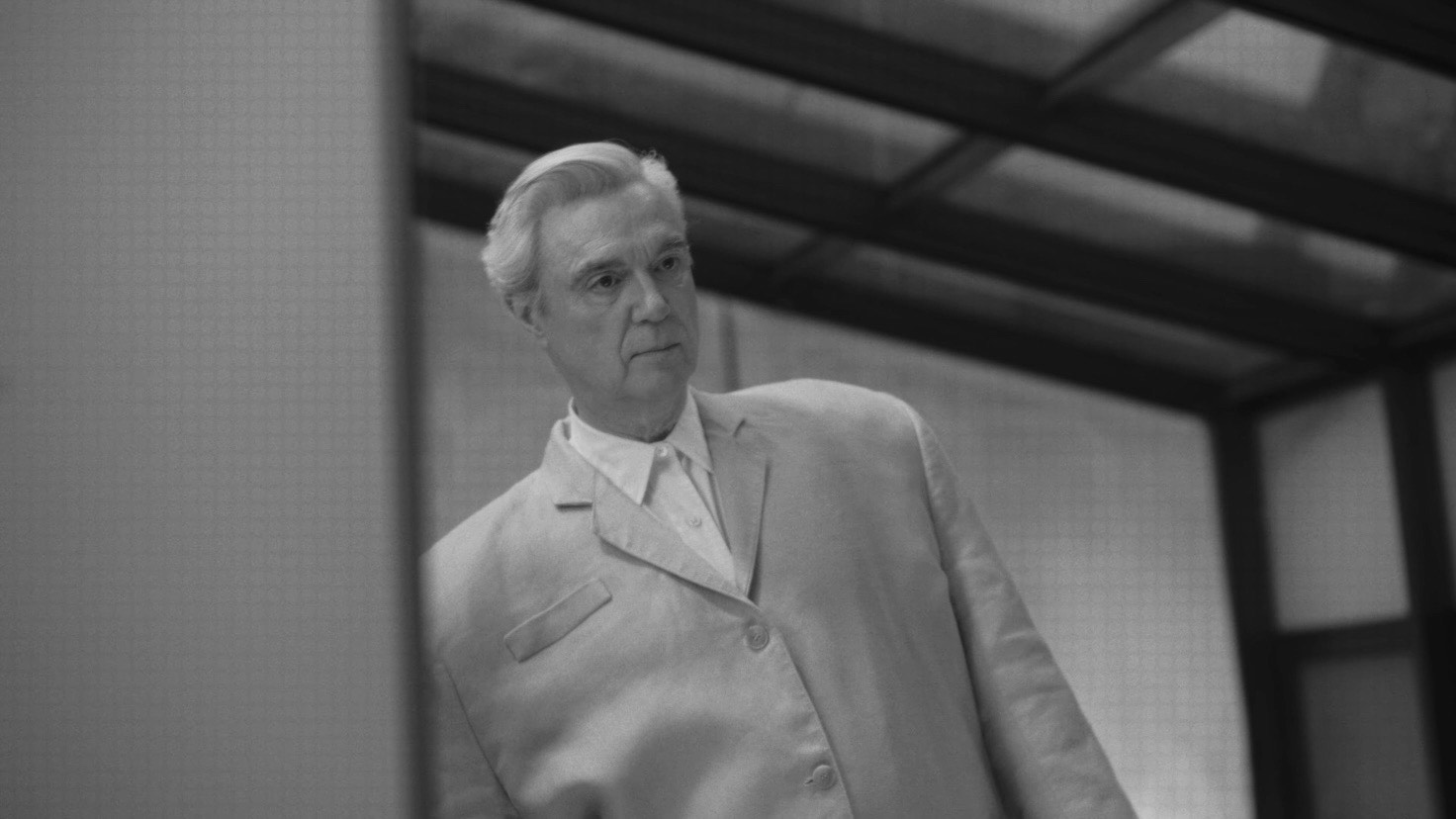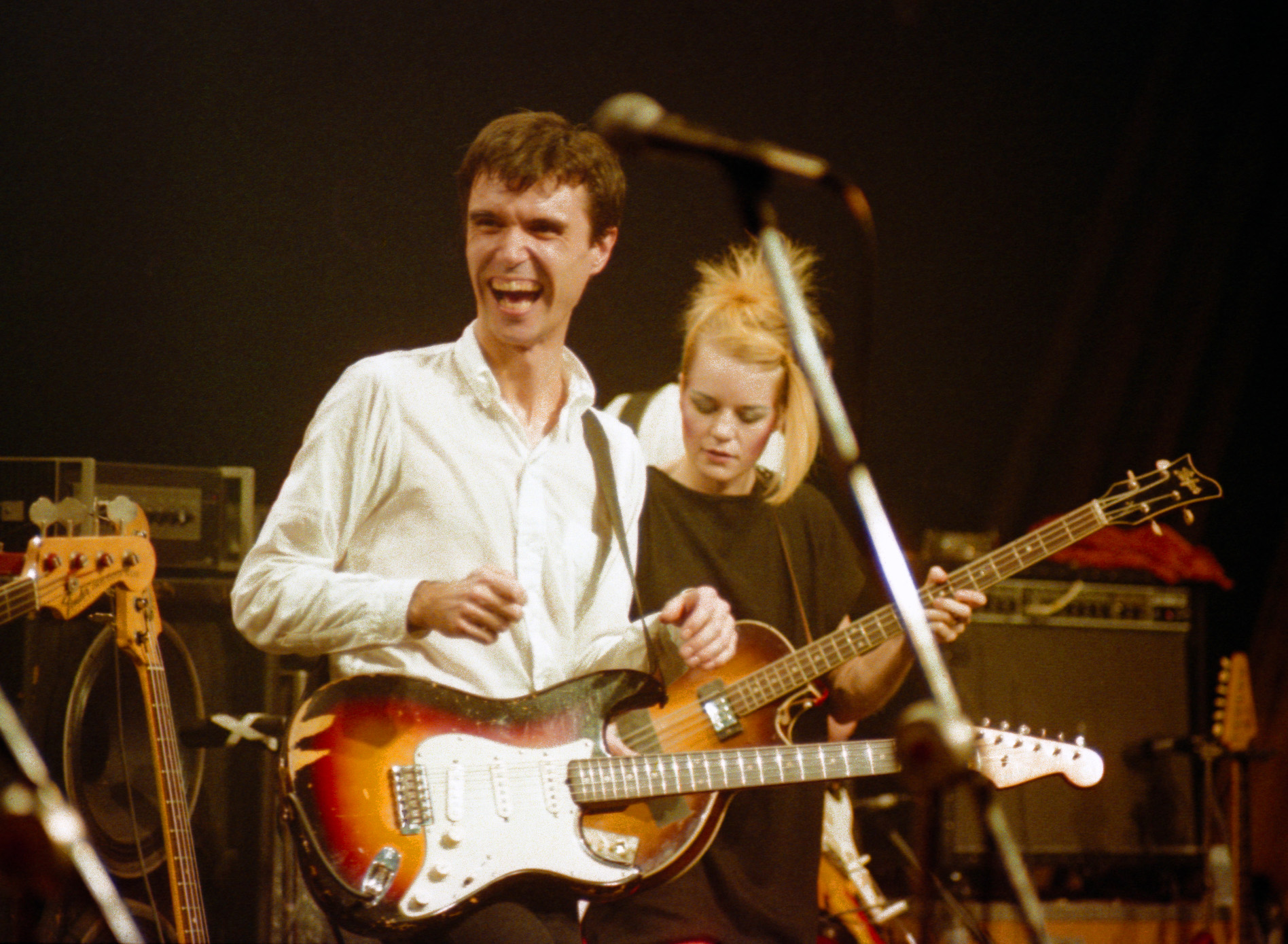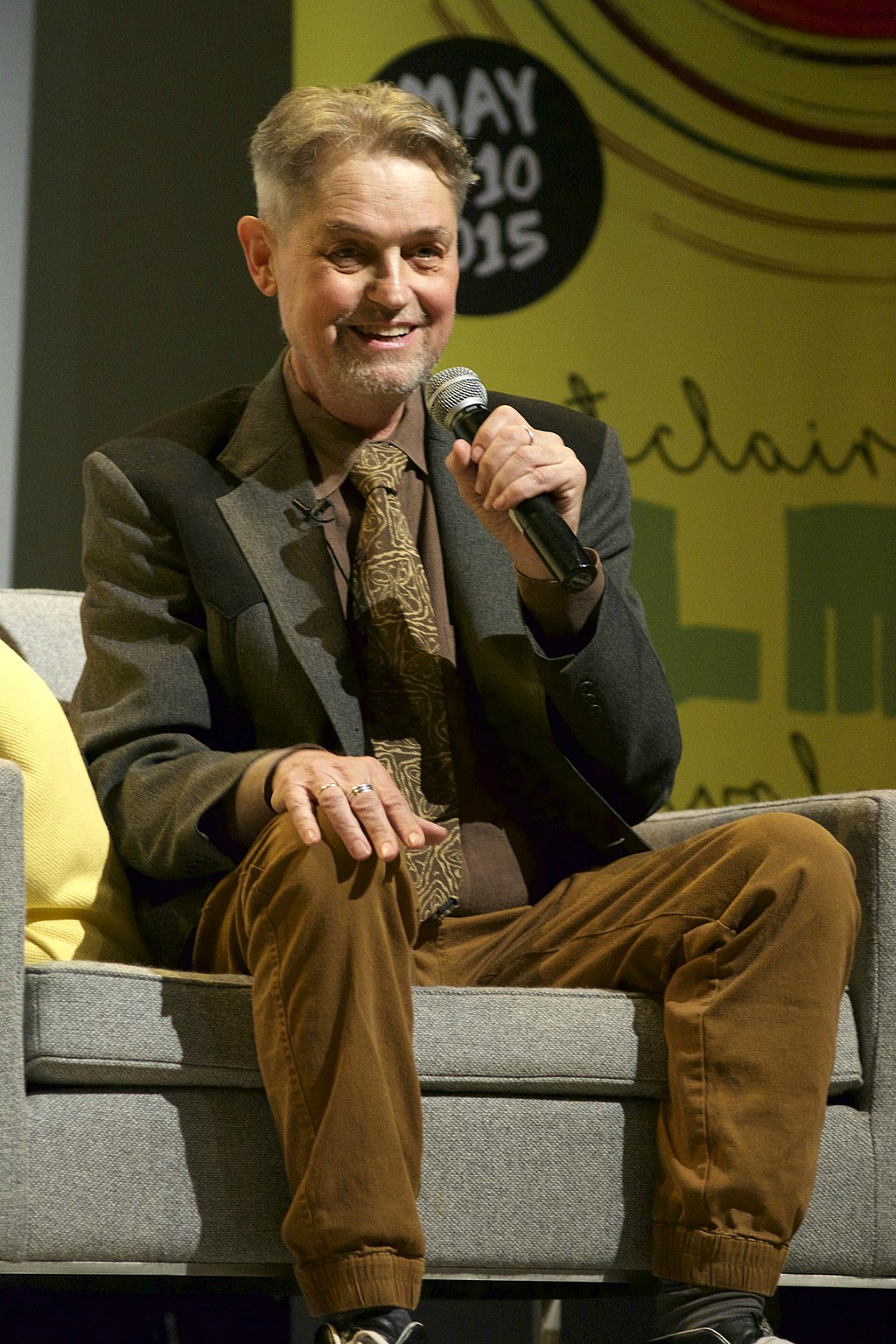Listeners:
Top listeners:
-
play_arrow
RSU Radio Real College Radio
-
 play_arrow
play_arrow
Stephen Egerton of Descendents June 7, 2016
A24 to Release “Stop Making Sense 2023”: Why Talking Heads’ Groundbreaking Film Remains Relevant
todayMarch 17, 2023

The name of this band is Talking Heads.
The name of this article is ‘A24 to Release “Stop Making Sense 2023”: Why Talking Heads’ Groundbreaking Film Remains Relevant’.
What a year it’s been for Talking Heads-alum David Byrne. Last week, he performed at the Oscars in support of a Best Original Song nomination for his, Son Lux’s, and Mitski’s contribution to the Best Picture winner, Everything Everywhere All At Once. In April of last year, he closed American Utopia, a very successful Broadway show turned HBO film that’s all about…”I won’t say,” says Byrne. On New Year’s Eve, he appeared on Miley Cyrus’ television special to perform David Bowie’s “Let’s Dance”. Yesterday, Netflix announced he would be writing music for John Mulaney’s new stand-up special “Baby J”. Today, he appeared in a promotional video for A24, announcing their acquisition of Talking Heads’ groundbreaking concert film, “Stop Making Sense”, and the various plans they have to bring it back to the public eye.
@a24 If the suit still fits… This year, we’re bringing Jonathan Demme’s groundbreaking 1984 Talking Heads concert film STOP MAKING SENSE (newly remastered in 4K!) back to theaters worldwide. #StopMakingSense2023 #talkingheads #davidbyrne
Talking Heads was an American rock band formed in New York City in 1975. The band consisted of David Byrne (vocals, guitar), Chris Frantz (drums), Tina Weymouth (bass), and Jerry Harrison (keyboards, guitar). Their unique sound blended elements of punk, funk, world music, and avant-garde, making them one of the most popular and influential bands of the post-punk era.

David Byrne’s distinct vocals and idiosyncratic lyrics were at the forefront of the band’s sound, while Chris Frantz’s precise drumming, Tina Weymouth’s funky bass lines, and Jerry Harrison’s innovative keyboard work rounded out their sound. The band’s debut album, Talking Heads: 77, was released in 1977, and over the course of the next decade, they released several critically acclaimed albums, including Remain in Light and Speaking in Tongues.
The group split in 1991 after intense disagreements between Byrne and Frantz-Weymouth, who are husband and wife. In later years, Byrne diagnosed himself with Asperger’s Syndrome, which likely contributed to the band’s split. In his 2020 book “Remain In Love,” Frantz harshly criticizes Byrne’s behavior (which might as well be an eHow checklist on Asperger’s), but shows little empathy or interest in his former friend’s health. Tina Weymouth has also been critical, being the first to refer to Byrne as autistic, but not in a friendly manner.
There’s a lot of bad blood. However, the group reunited for a special occasion in 2002 to accept their Rock and Roll Hall of Fame induction. They haven’t performed together since.
The band made headlines last year when an official Talking Heads website, Instagram account, and YouTube channel appeared out of nowhere. We now know why.

“Stop Making Sense” is a concert film and live album that some call the pinnacle of Talking Heads’ career. So much so, that in 2021, it was selected for preservation in the United States National Film Registry by the Library of Congress. It was captured during the group’s Speaking in Tongues promotional tour and masterfully directed by Jonathan Demme, known for iconic works such as “The Silence of The Lambs” and my personal favorite “Something Wild”. However, what sets this seemingly straightforward concert film apart and has made it an enduring influence in both music and cinema?

What sets the recording apart from other concert films is director Johnathan Demme’s use of the “long take”. He keeps the camera stationary for extended periods, where most directors now would include quick cuts and camera movements. This allows you, the viewer, to sink in and focus on a striking performance rather than being distracted. This plays a big part in the film having such an influence on its viewer afterward. The “long take” technique creates a sense of intimacy, making you feel as though they are right there on stage or experiencing the band themselves.
One aspect that I enjoy is a seemingly small, though ingenious background concept created by Byrne. “Stop Making Sense” begins with the opening song, “Psycho Killer,” where David enters the stage with only an acoustic guitar. As the music progresses, so does the stage presence of the band. By the time we get to the fourth song, the entire (four-piece) band is on stage, having entered one at a time. The fifth song adds a backup dancer, and so on, creating an original, mesmerizing visual experience.
Furthermore, Demme also used wide-angle lenses and low-angle shots, making the action and stage look bigger and more daunting or intense. This is particularly evident in that iconic opening shot, which slowly zooms in on Byrne’s foot tapping on the floor, before revealing who the foot belongs to. It (visually) starts us with nothing and swells into grandeur.

Of course, the music itself is a major factor in the success of “Stop Making Sense”. Talking Heads were known for their innovative and genre-defying sound, blending special elements of rock, funk, and world music. This versatility is on full display throughout the film, with each song showcasing a different facet of the band’s musical talent. Whether it’s the infectious rhythms of “Found a Job” or the contemplative beauty of “Heaven,” Talking Heads’ music is a perfect fit for the screen.
Do Demme’s visuals compliment the music or do the music compliment the visuals? Just being able to have that discussion means you have something special.
The most important, bizarre, and often imitated but never duplicated aspect of “Stop Making Sense” is the electrifying performance of one Mr. David Byrne. From frenzied movements during “Life During Wartime” to literally preaching to the audience during “Once In A Lifetime,” Byrne is (and continues to be) a powerhouse of both strength and skill. He embodies the spirit of both the music and cinematography with his quirky dance moves and unique style, captivating the audience and commanding their attention.

At the end of the day, “Stop Making Sense” is a testament to the power of both music and film to transport us to another world. Innovative direction, genre-defying music, and a thrilling Once In A Lifetime (pun intended) performance make it a timeless classic that will continue to inspire and influence filmmakers and musicians for generations to come.
A24, the studio responsible for Everything Everywhere All At Once, has taken this task Head (pun intended) on. They have announced that “Stop Making Sense” has been remastered in a stunning 4K resolution. Plans are currently in place for the film to return to theaters later this year.
Rhino Records have also announced a deluxe edition of the live album (featuring previously unreleased material) to be released on August 18th, 2023.

Thanks! Does anybody have any questions?
Writer’s Highlights: Heaven (Live), Life During Wartime (Video), David Byrne Interviews Himself
Written by: Jace

